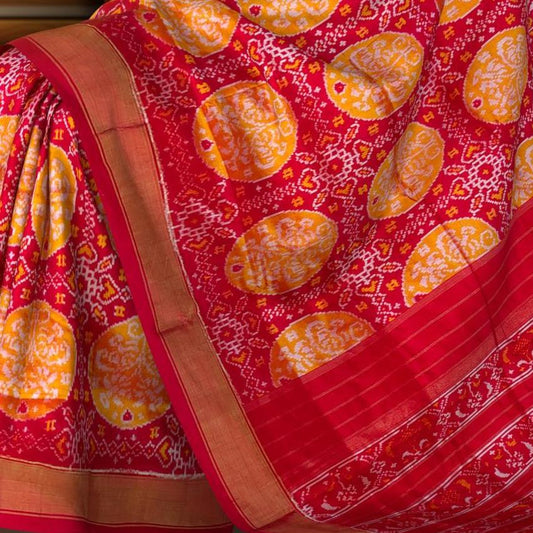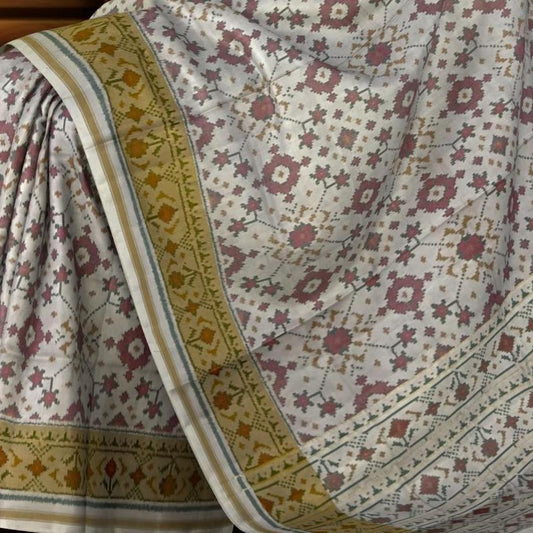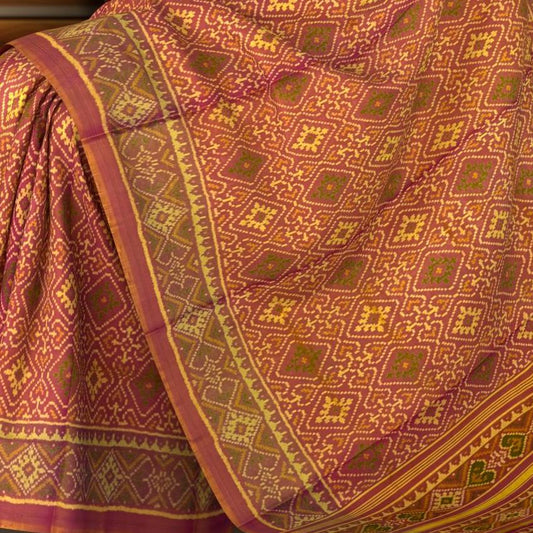How Modern Infrastructure is Revolutionizing the Weaving Industry?
In a world driven by technology and innovation, even the most traditional industries are experiencing significant transformations. The weaving industry, which has a rich history dating back thousands of years, is no exception.
Modern infrastructure is playing a pivotal role in reviving and revolutionizing this age-old craft. In this extensive blog post, we will explore how modern infrastructure is helping weavers and reshaping the weaving industry.
The Weaving Industry: A Historical Perspective
Before delving into the ways modern infrastructure is aiding weavers, it's essential to appreciate the significance of weaving in human history. Weaving has been a fundamental part of cultures worldwide, serving as a means of creating textiles for clothing, decorations, and functional items.
The traditional methods of weaving have endured through generations, but they have faced challenges in a rapidly changing world.
The Challenges Faced by Weavers
Traditional weavers often face several challenges that hinder their ability to thrive in today's competitive market:
1. Lack of Access to Markets:
Weavers in remote areas may struggle to access larger markets for their products.
2. Limited Resources:
Many weavers work with outdated equipment and limited access to quality raw materials.
3. Globalization:
Cheap, mass-produced textiles from overseas can undercut the prices of handmade, artisanal weavings.
4. Limited Connectivity:
Limited access to the internet and modern communication tools can isolate weavers from potential customers and educational resources.
Modern Infrastructure Solutions
1- E-commerce Platforms
One of the most significant advantages of modern infrastructure for weavers is the rise of e-commerce platforms. Online marketplaces like Etsy, Amazon Handmade, and local artisan websites provide a global stage for weavers to showcase and sell their products. This access to a vast customer base can significantly increase their sales and income.
2. Digital Marketing and Social Media
Modern infrastructure also offers weavers the opportunity to promote their products through digital marketing and social media. Platforms like Instagram, Facebook, and Pinterest allow weavers to reach a broader audience and build a loyal following. Through engaging content and strategic advertising, weavers can boost their online presence and attract more customers.
3. Access to High-Quality Materials
Improved infrastructure means easier access to high-quality raw materials and equipment. Weavers can now source premium yarns, dyes, and weaving machinery, enhancing the quality of their products and reducing production time.
4. Collaborative Workspaces
Shared or collaborative workspaces, often equipped with modern weaving equipment, have emerged in some areas. These spaces provide weavers with access to advanced machinery and a supportive community of fellow artisans. Collaboration and shared resources can foster creativity and innovation.
5. Training and Skill Enhancement
Modern infrastructure also enables weavers to access online training and educational resources. Webinars, video tutorials, and online courses cover a wide range of topics, from advanced weaving techniques to business management skills. This knowledge empowers weavers to adapt to changing market demands and improve their craft.
6. Connectivity and Communication
Improved internet connectivity allows weavers to communicate with customers, suppliers, and fellow artisans more efficiently. They can receive orders, discuss customizations, and network with others in the industry, breaking down geographical barriers.
7. Sustainable Practices
Modern infrastructure has also led to a growing awareness of sustainability in the weaving industry. Weavers now have access to eco-friendly materials and processes that align with consumer preferences for sustainable products.
Natural dyes, organic fibers, and environmentally friendly production techniques are becoming more accessible, allowing weavers to meet the increasing demand for sustainable textiles.
8. Government Initiatives and Support
In many regions, governments are recognizing the cultural and economic importance of traditional weaving practices. As a result, they are implementing initiatives and providing financial support to weavers. These initiatives include grants, subsidies, and training programs, which empower weavers to improve their skills, expand their businesses, and preserve their cultural heritage.
9. Automation and Technology Integration
While traditional weaving techniques remain at the core of this craft, modern infrastructure also offers opportunities for technology integration. Automated looms and weaving machines equipped with digital controls can enhance efficiency and precision in the weaving process. Weavers who embrace these innovations can increase their production capacity and offer more diverse product ranges.
10. Global Networking and Collaboration
Modern infrastructure facilitates global networking and collaboration among weavers. Online forums, social media groups, and virtual conferences allow weavers from different parts of the world to share knowledge, exchange ideas, and collaborate on projects. This global community fosters cross-cultural creativity and innovation.
11.Quality Control and Certification
With modern infrastructure, weavers can implement stringent quality control measures to ensure the consistency and quality of their products. Certification programs and quality standards help weavers establish trust with customers, leading to increased sales and brand recognition.
12. Tourism and Cultural Exchange
Improved transportation infrastructure has made it easier for tourists to visit regions known for their weaving traditions. Weavers can capitalize on this by engaging in cultural tourism, offering workshops, and selling their products to visitors. This diversifies their income streams and promotes their craft on a global scale.
Conclusion
The impact of modern infrastructure on the weaving industry is undeniable. Weavers now have the tools, resources, and opportunities to thrive in an ever-evolving market. From e-commerce platforms and digital marketing to sustainability practices and government support, the weaving industry is experiencing a renaissance that honors tradition while embracing innovation.
As we look to the future, it's clear that the synergy between tradition and modernity will continue to fuel the growth of the weaving industry. Weavers who harness the power of modern infrastructure, while preserving the artistry of their craft, are poised to make significant contributions to the global textile landscape.
This industry, steeped in tradition, is evolving with the times, and its enduring beauty and cultural significance will continue to captivate the world.







Leave a comment
Please note, comments need to be approved before they are published.